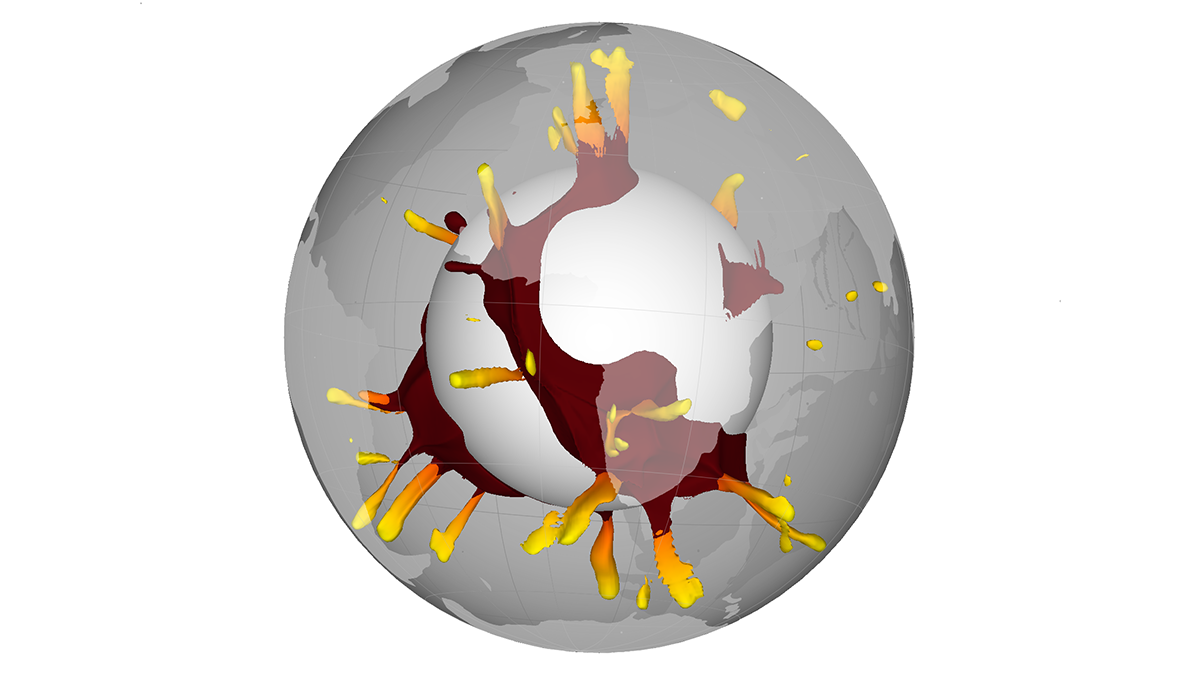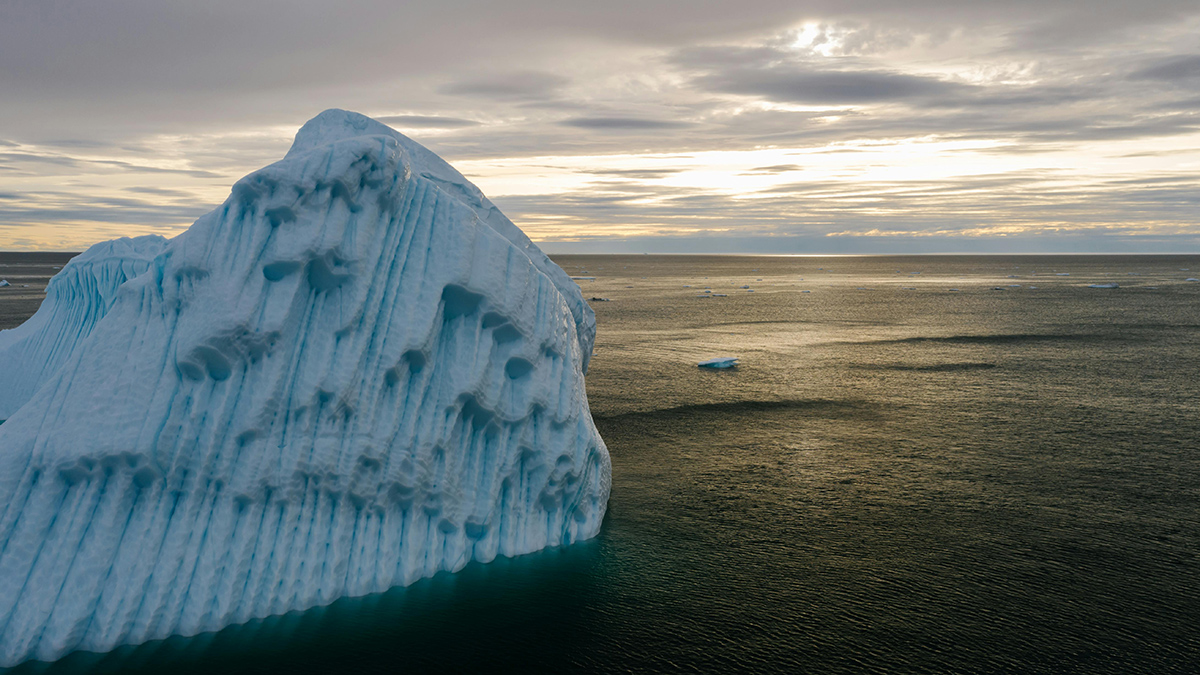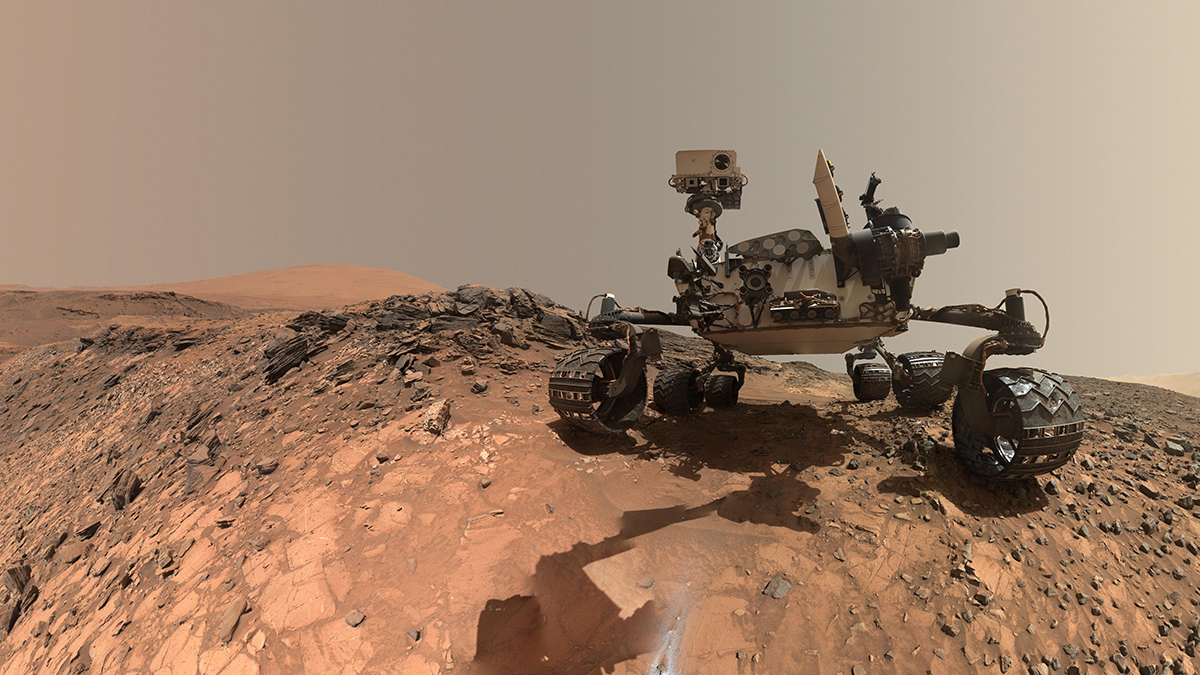For decades, scientists have suspected that large volcanic eruptions have their origins in two mysterious massive regions at the base of our planet’s mantle. Now, it’s been statistically proven.
unsolved mysteries
Arctic Ice Shelf Theory Challenged by Ancient Algae
Chemical signatures of marine organisms reveal that seasonal sea ice, not a massive ice shelf, persisted in the southern Arctic Ocean for 750,000 years.
New Satellite Adds Evidence of an Earth-Shaking Wave
A tsunami struck a fjord in East Greenland in 2023, ringing seismometers for nine straight days. A new satellite study provides the first observational evidence of the waves.
Rubin Observatory Stuns and Awes With Sprawling First Look Images
Wow. Just wow.
Have We Finally Found the Source of the “Sargassum Surge”?
The complexity of modeling the tropical Atlantic makes identifying the source of the ongoing seaweed blooms difficult.
Proposed Experiment Could Clarify Origin of Martian Methane
Curiosity’s detection of the gas, if atmospheric, could be an indicator of life on the Red Planet. But skeptics say further work is needed to rule out the rover itself as the source of the methane.
A Super Speedy Star May Be Streaking Through Our Galaxy
Astronomers suggest the star is towing along an exoplanet. The system could be traveling fast enough to escape the Milky Way.
How Do You Make Earth into an Icehouse?
A new model accurately reconstructs Earth’s past icehouses and indicates there’s no one driver behind them.
Cave Deposit Links Greenland’s and Europe’s Climate Records with a German Volcano
Dating a late Pleistocene eruption has big implications for understanding the Younger Dryas—and current climate change.










